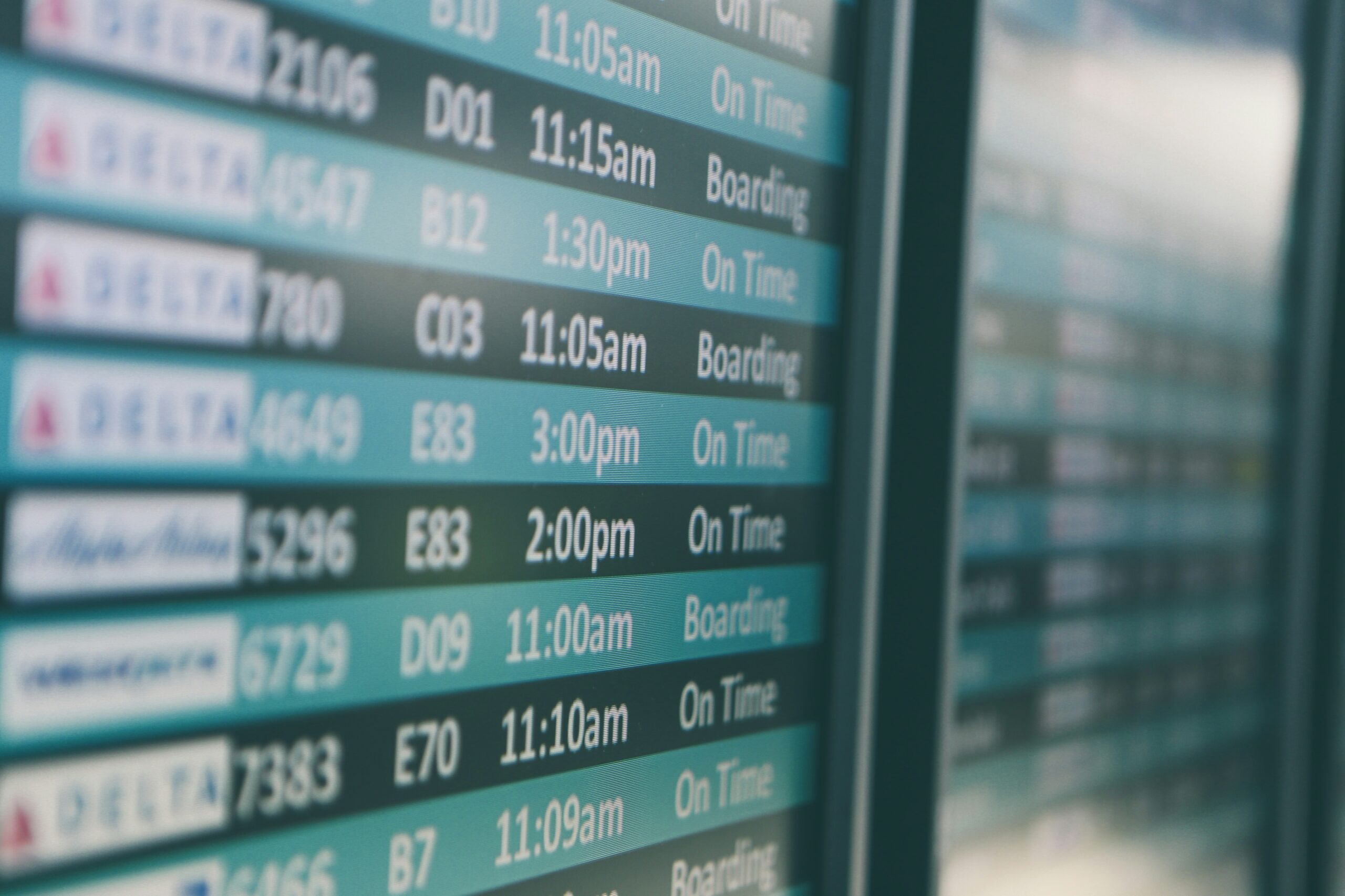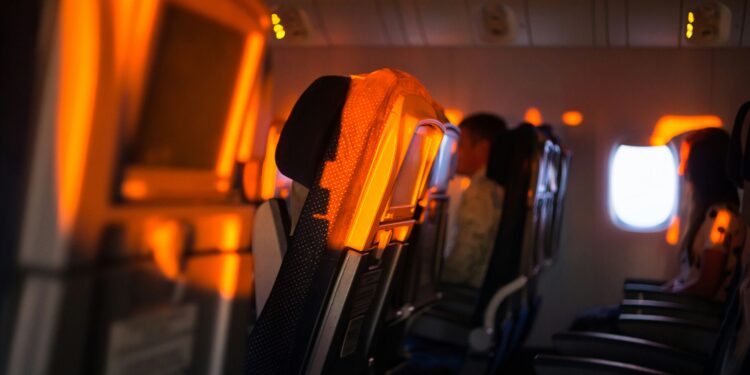Transportation Secretary Sean Duffy announced Wednesday that a 10% reduction in air travel capacity will be imposed at 40 major US airports beginning Friday, a direct result of the ongoing government shutdown that has left air traffic controllers working without pay for over a month.
The unprecedented decision, described as a necessary step to maintain safety, was attributed to widespread fatigue among essential aviation staff. FAA Chief Bryan Bedford stated that the pressures building in the system threaten its world-class safety record. The flight cuts will be phased in, starting at 4% on Friday and escalating to the full 10% next week, potentially affecting between 3,500 and 4,000 flights daily.

The move highlights the severe human toll of the political impasse. Union leader Nick Daniels revealed that air traffic controllers are texting that they lack money for gas to get to work. Secretary Duffy acknowledged the impossible choice facing controllers: “do I go to work and not get a paycheque… or do I drive for Uber or DoorDash?”
Major airlines are scrambling to assess the impact. American Airlines stated it expects the “vast majority” of travel to be unaffected, while Southwest urged Congress to “immediately resolve its impasse.” The names of the 40 affected airports are expected to be released Thursday.
Why It Matters
This isn’t just a travel advisory; it’s the sound of a critical national system buckling under political failure. The decision to preemptively cut flights is a stark admission that the government can no longer guarantee the smooth operation of its own airspace. By grounding thousands of flights, the administration is effectively using the travel plans of millions of Americans as a bargaining chip, making the abstract pain of the shutdown undeniably concrete. This move reveals a fundamental breakdown: when the people responsible for public safety can’t afford to get to work, the entire architecture of governance begins to crack.

















